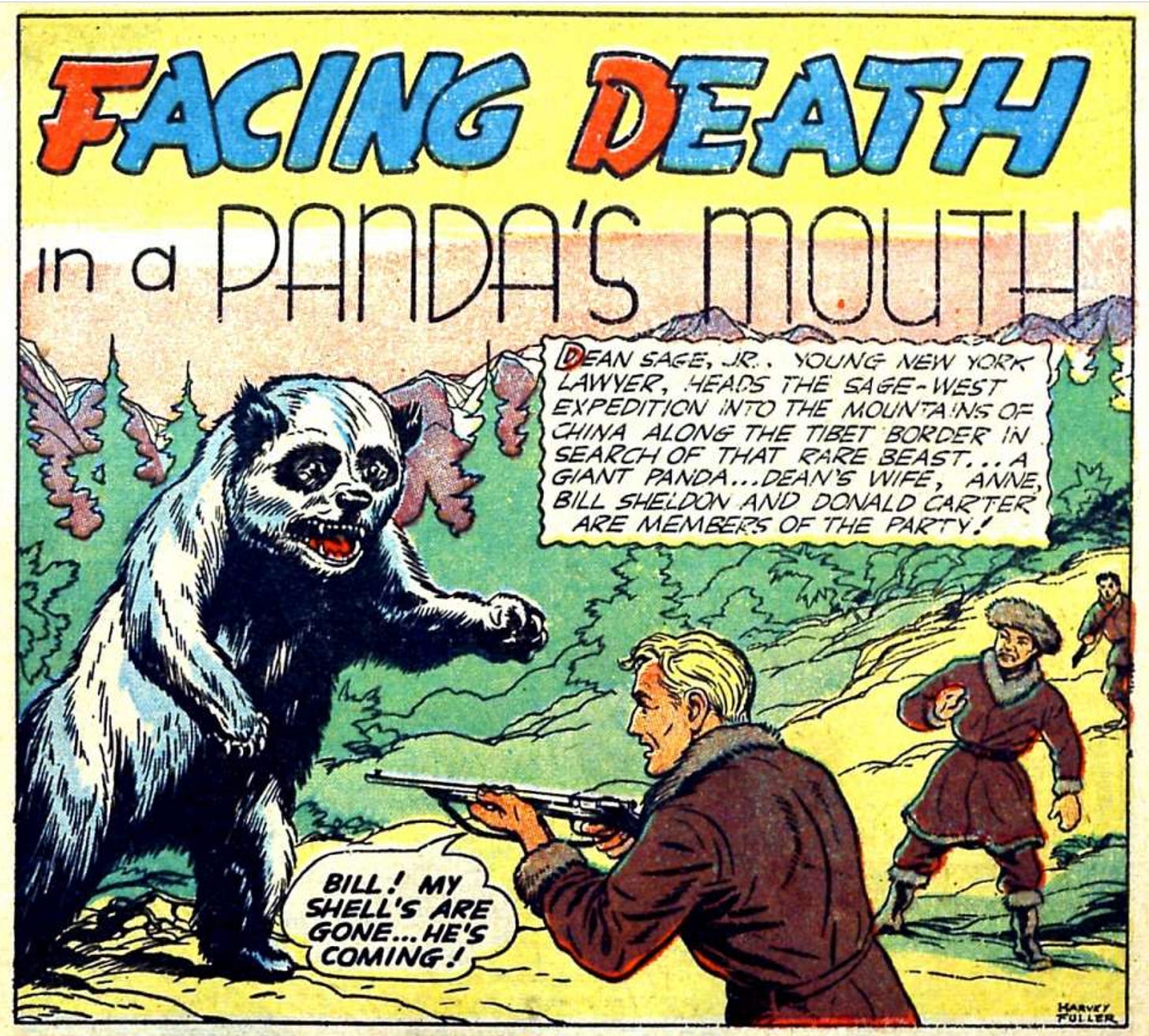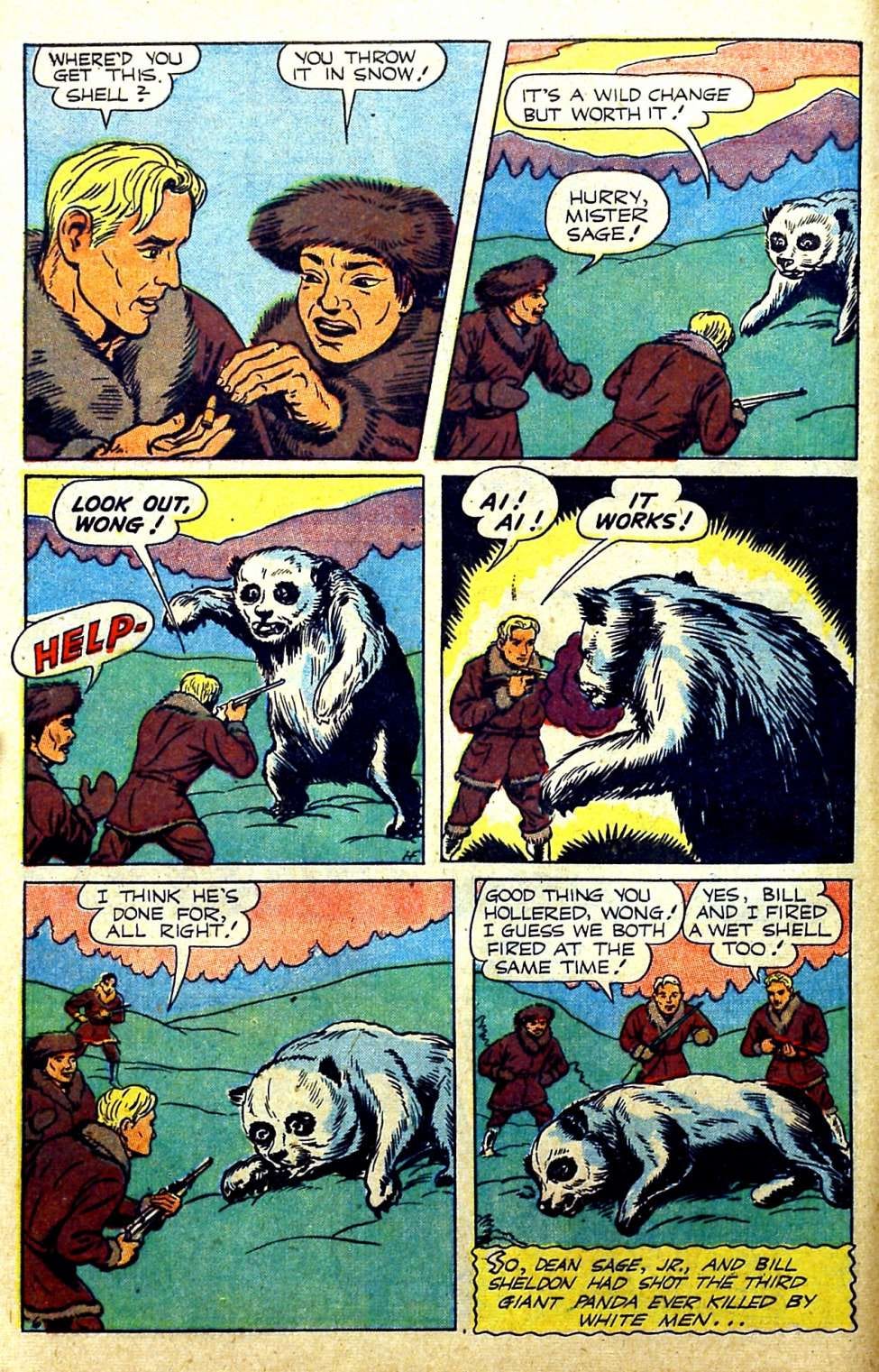These are annotations for the fourteenth chapter of the book Impossible Histories. I’m not saying you need to keep a copy of IH open next to you as you read, but it might make some things clearer?
p. 268
•epigraph: I’d wanted the epigraph here to be:
In Baffin’s Bay, where the whale-fish blows,
Is the fate of Franklin—no one knows.
Ten thousand pounds I would freely give
To learn that my husband still did live.
§“The Sailor’s Dream”; quoted in Joseph P. Faulkner, Eighteen Months on a Greenland Whaler (1878).
p. 269
•Hilariously, though: Is this (as some readers have thought) too heartless? Isn’t the entire story of Franklin’s expedition, as presented here as a thrilling adventure tale, heartless? Every time we present human suffering as art or narrative, aren’t we being cruel? All the men who died (and got eaten) didn’t think it was so thrilling.
Borges once complained about the desire to present suffering in a story to evoke pity; it is, after all, not society that is making fictional characters suffer, but the artist himself. He compares such sentimental fare to “a certain Russian film [that] illustrates the iniquity of war by showing the wretched death agony of an old nag cut down by bullets—fired, of course, by those who made the film.”
Art, though, is heartless, and we are all just grist for its mill. Sorry, Franklin!
[Borges, Evaristo Carriego (Dutton, 1984) p. 93.]
p. 271
•HMS Erebus: The second-tallest volcano in Antarctica, Mount Erebus, is named for this ship; it stands next to Mount Terror.
p. 272
•the first ship to sail south of the Antarctic Circle: I got into quite a fight (in the relative sense; it was all amicable) with sensitivity readers about this one. No one actually knows that Cook’s ship was the first to sail this far south (the argument goes) so giving priority to Cook as opposed to a Pacific Islander evinces a Western bias. This is fair enough, but it’s a standard that beggars all historical generalizations! Anything could have been done before the alleged “first time” it was done!
I mean: If I say that gunpowder was invented in China, should I add a footnote: “Unless it was invented somewhere else earlier by people who left no record”? How many weaselly modifiers and footnotes should we include?
I could find no evidence (human artifacts on some Antarctic island, e.g.) that anyone pre-Cook had traveled that far south. I could also find no evidence that anyone pre-Cook had no traveled that far south.
There are legends of Polynesians traveling south and finding remarkable things, but there are also legends of Irish saints traveling west and finding remarkable things, and St. Brendan landing in America is about as likely as Hui Te Rangiora landing in Antarctica.
But anything can happen, and if someone digs up some early artifacts (on the Balleny Islands, perhaps?), I’m happy to change my statement. I have no allegiance to Cook or particular interest in preserving a legacy for him. I just don’t want to make my prose uglier and wordier with just-in-case caveats.
Even if we learn that Cook was scooped on the Antarctic Circle, he almost certainly set a record for sailing south, and maybe I should have phrased it that way. Although Cook never sighted Antarctica, he made it to a latitude (71°10’ S) hundreds of miles south of the Antarctic coastline. A 1972 biography of Cook mentions adds: “It is worth noting in passing that, from that day to the present time two hundred years later, no ship ever again has penetrated as far south in that region.” This is no longer true (thank you again, global warming!) and the latest record is 78°44’.
[Alistair MacLean, Captain Cook (Doubleday, 1972) p. 131; “Italian Icebreaker Sets Record Reaching Furthest Point South,” The Maritime Executive 2/1/2023.]
•south of the Antarctic Circle there were no natives to kill him: For non-polar explorers, death by native marked one of the primary dangers they would face—Ferdinand Magellan: killed in the Philippines while circumnavigating the globe, 1521; Juan Ponce de Leon: killed fleeing Florida, 1521; Mungo Park, killed in what is now Nigeria plotting the course of the Niger river, 1806; Percy Fawcett, killed in Brazil seeking the Lost City of “Z,” 1925. We’ve already covered disease, and the other big killer of explorers—Robert Clive, 1774; Meriwether Lewis, 1809; John Speke, 1864; Kermit Roosevelt, 1943—is suicide.
p. 273
•Everyone already knew where the South Pole was: Umberto Eco points out the complicating factor that the Pole that can be seen is not the real Pole; but perhaps this only applies to mystics. [Eco, Foucault’s Pendulum (Ballantine, 1989) p. 327.]
•Arctic explorer George Melville: Melville suffered his own Arctic disaster in 1879 while seeking to sail to the North Pole. Unlike most of the rest of his crew, he survived.
p. 275
•twenty-six men and one hapless stowaway: You’ll notice that this is basically the plot of Edgar Allen Poe’s only completed novel, The Narrative of Arthur Gordon Pym of Nantucket (1838).
p. 277
•pygmies live here, at most four feet tall: Presumably, these are Santa’s elves. Just spitballing here.
•maelstroms do exist: An authoritative first-person account can be found here.
p. 279
•the word didn’t even exist until 1912: How marvelous the discovery of vitamins must have seemed in the early days in hinted at by A.P. Herbert in the pages of Punch:
Vitamin “A”
Keeps the rickets away
And succours the meagre and nervy;
“B”’s what you lack
If the stomach is slack,
And “C” is the foe of the scurvy;
So when a man dines
Let him murmur these lines,
Or sure he will live to deplore it—
Just ask yourself “What
Disease have I got,
And which is the vitamin for it?”“D” had been discovered by by the time this was printed, and it had been determined that it (not A) prevented rickets—but presumably the details had not filtered down to the poets. [Herbert, Ballads for Broadbrows (Doubleday, Doran, 1931) p. 22.]
p. 281
•how little people understood the disease: As late as 1916, Danish sailors—not explorers, just normal sailors who happened to be wintering in Greenland—suffered from scurvy as they wintered. [Peter Freuchen, Arctic Adventures op.cit. p. 317.]
p. 282
•epigraph: The epigraph for part two should have been:
I try in vain to be persuaded that the pole is the seat of frost and desolation; it ever presents itself to my imagination as the region of beauty and delight.
§Mary Shelley, Frankenstein (1823).
p. 285
•The Gorilla Hunters: I thought I remembered reading in this book the (inaccurate) claim that the comparative lack of what Victorians would call “civilization” in West Africa was due to the predations of gorillas, constantly destroying all human advancements, tearing down megaliths, etc. as they do—but when I went back to the book to find this passage, I could not. If anyone who’s read Ballantyne could tell me if I imagined it, or if the claim is really in there, I’d be very grateful.
p. 286
•All of your favorite superheroes: This claim was more true when I first outlined the chapter than it is now, as in the intervening years the Marvel cinematic universe has riveted more recent heroes such as Ms. Marvel and Moon Knight to the public consciousness.
•Dean Sage: Imagine how many times Sage dined out on this story, the story of his desperate encounter face to face with a man-eating panda. Sage died in 1963. Considering that there were pandas in the London zoo starting in 1938, even this 1946 comic seems implausibly late to pull off the ruse.
Anyway, there’s no chance you’re not getting cherce panels from the comic (below).
p. 287
•no one was certain it was an amphibian at first: I guess they suspected it in 1878, and in the next four years or so they nail it down. Compare volumes 17 and 20 of the Proceedings of the American Philosophical Society Held at Philadelphia for Promoting Useful Knowledge. (Vol. 17 p. 182 & vol. 20 p. 452.)
•tyrannosaur: Everyone remembers this fight as Kong vs. a T. rex, but at least in the 1933 movie the dinosaur is clearly something else. The 1933 novelization merely calls the creature a “meat-eater” while describing it in some ways that sound tyrranosauric (“of its forelegs it had almost none; only frail clawlike members good for nothing save to lift food to its mouth”) and in some ways not (“long slender neck”). Perhaps it evolved into a different species in the millions of years its ancestors dwelt on Skull Island? [Delos W. Lovelace, King Kong (Grosset & Dunlop, 1976) p. 118.]







